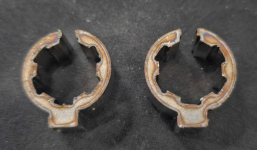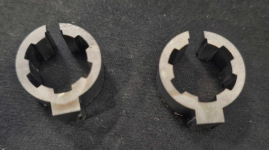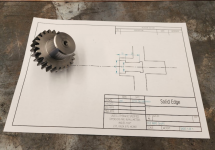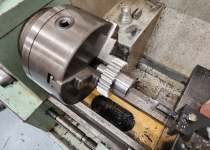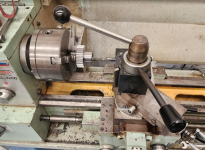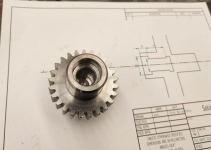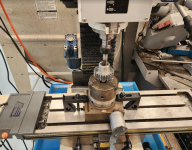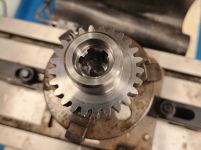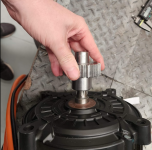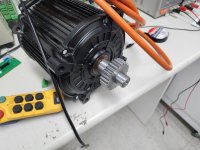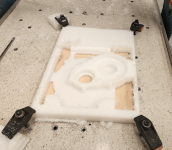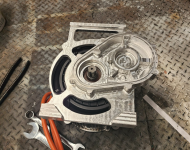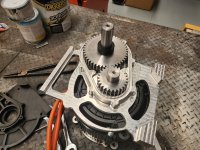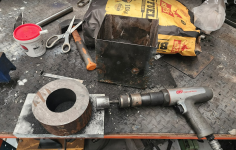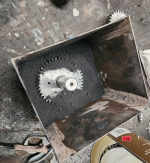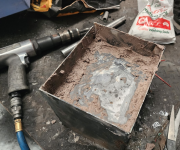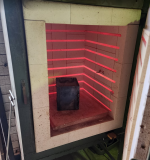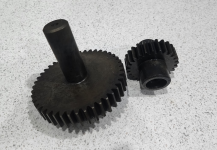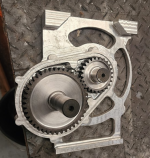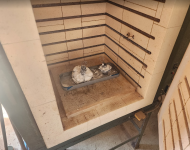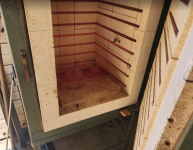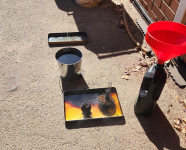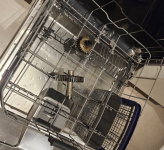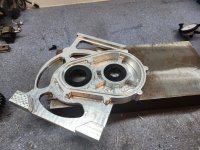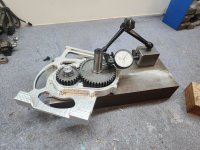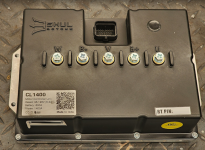quelsurprise
1 W
- Joined
- Aug 29, 2019
- Messages
- 53
Really enjoying following your progress! I'm looking to find a way to mount a Gates pulley to the QS180 shaft, I'm getting some steel interfaces cut that will sit between a pulley taper bushing and the shaft, though not sure if this will be the best approach, sendcutsend are unable to accurately cut the thin geometry in 0.5" steel so getting 0.125 and .250 and seeing if they'll stack. Do you know what profile the QS180 shaft has? I'm trying to see if it's the same as any vehicle sprockets, and maybe I can find a pre made coupling that will fit straight on the QS180 shaft.Setting aside the frustrations of procurement, I finally got to cut some metal today!
View attachment 345920View attachment 345921View attachment 345922
These are the roughed (except for the gear ODs which are to final size) out blanks for the gears. The input shaft is a larger diameter because I'm going to cut an internal spline in it so the output shaft of the QS180 will slide inside. This will make mounting the motor to the gear reducer easier.
I've made them out of E110 with a view to case hardening them. Man that is a tough alloy. My little lathe worked hard to turn the big (112.5mm) blank!
I'm going to try to cut the teeth before I have to travel in a weeks time.
Attachments
Last edited:


